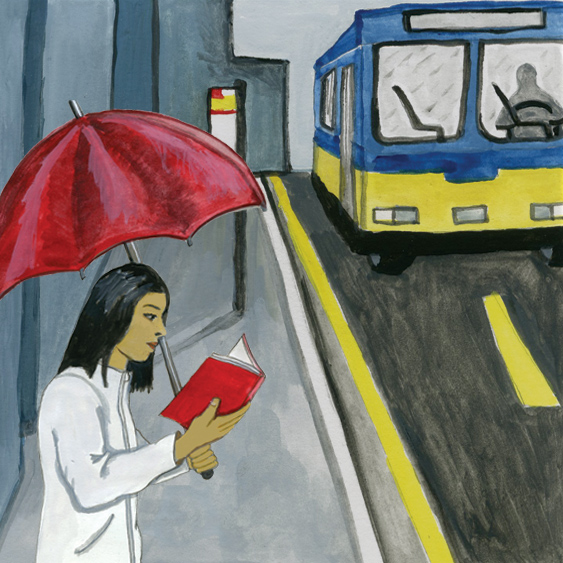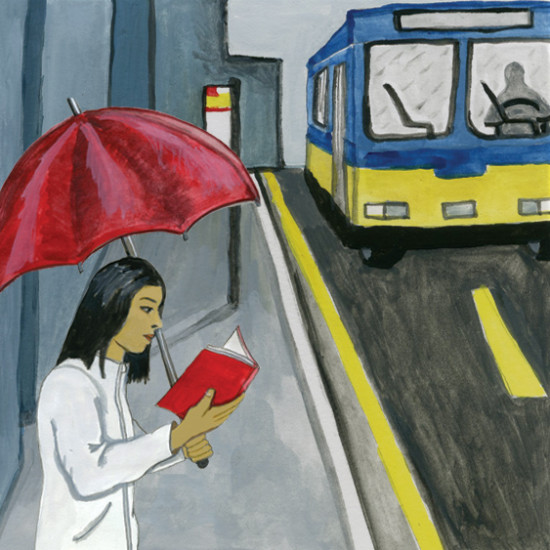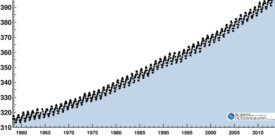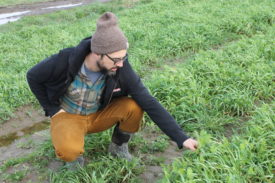Clark
Cats may be as smart as dogs, but they’re a lot less cooperative—which drives feline researchers crazy! Apparently, elephants, chimps, and even fish are easier to study than cats. (I’m sure that cat owners out there wouldn’t be surprised…)
And while we’re talking about animal intelligence, honey badgers sure are crafty little buggers.
How We Die: a great data visualization of US mortality trends. The cliff notes version: we’re dying later and living longer; AIDS really was a major health crisis; car crash deaths are down, but suicide and drug deaths are up; and longer lifespans mean a greater risk of Alzheimer’s. But my summary doesn’t do the original justice: you really should see the charts!
Jen
It’s been fascinating to watch the spate of “data-driven” news sites popping up lately. The New York Times launched The Upshot this week, which has visualized everything from the geography of baseball fans to the US Senate race with maps, charts, and snappy graphics. It’s the paper’s answer to losing Nate Silver’s Fivethirtyeight blog, which re-launched last month as a broader website over at ESPN. Here at Sightline, we’ve long recognized the power of data and have used it to tell great stories for decades. But it’ll be interesting to see whether the onslaught of data-driven posts on nearly everything (from older men’s sperm to the most popular day of the week to buy pot) winds up engaging new audiences or merely becomes the latest flavor-of-the-month attempt to make journalism more relevant.
Also on my radar this week: a story in Vox (another new online journalism venture that features uber-bloggers Ezra Klein and Matt Ygelsias) about a reporter who made up an entirely fake scientific paper and had it accepted by eight online journals, this account of the Boston Marathon runners who carried a struggling competitor across the finish line, and this hilarious compilation of animated GIFs from Nathan W. Pyle on how to behave in a big city.
Eric
I’m enjoying the heck out of Vox. If Brad Plumer’s masterful account of soon-to-be-missed climate targets is any indication of the quality we can expect from the site, I’ll be a frequent reader.
Oregon Governor Kitzhaber deserves a round of applause for his keynote speech at the Oregon League of Conservation Voters. There’s a lot to like in it, but this was the best part:
For Oregon and the world, climate change is an environmental and economic imperative. It is the greatest challenge to our legacy and the greatest threat to our future. It is also an opportunity — an opportunity for our state to build on its competitive advantages by building a low-carbon economy that can be the envy of the world. Toward that end my administration is taking a number of steps.
First, it is time to once and for all to say NO to coal exports from the Pacific Northwest. It is time to say YES to national and state energy policies that will transform our economy and our communities into a future that can sustain the next generation.









